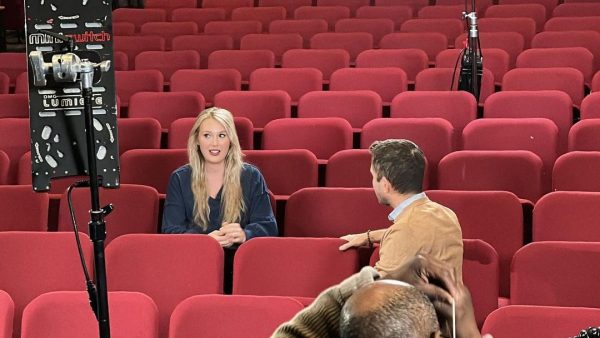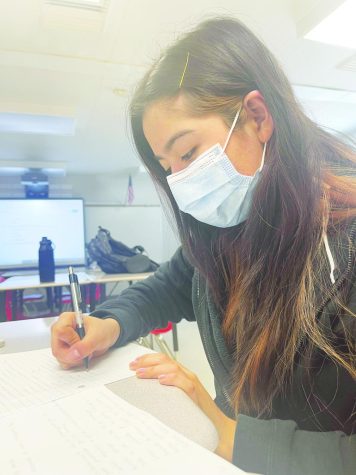The dangers of social media
Correlation found between social media usage and mental health issues in teens

Extended time on social media apps, such as Twitter, Snapchat, and Instagram, has been deemed harmful to adolescents.
Recently, a study published by scientists at Johns Hopkins University showed that adolescents who spend too much time on social media are more susceptible to mental health issues
The study specifically cited depression, anxiety, and antisocial behavior, amongst others, as examples.
The scientists receive surveys from over 6000 teenagers, who detailed their feelings, behavior, and social media usage.
They concluded that the teens who spent three hours on social media were two times more likely to develop mental health issues than those who spent no time on social media.
Students who used social media for six hours were four times as likely to develop mental health issues.
The likelihood increased even more as students spent more time on social media.
Of the students surveyed, only 17% said that they never used social media. 32% reported that they used social media for a maximum of 30 minutes every day.
31% said that they used it for anywhere from 30 minutes to three hours
Meanwhile, another 12% revealed that they spent three to six hours on their phones.
The remaining 8% said that they spend more than six hours on social media every day,.
This means that they spend 25% of their day glued to their phone.
The study did not determine the reason why an increased amount of time on social media can lead to an increased risk of mental health issues.
However, the scientists behind the study were able to make inferences about the correlation.
Typically, teenagers who spend more time on apps sacrifice the time they would have been sleeping to scroll through people’s posts.
This can lead to sleep deprivation, which can lead to more irritation.
Cyber bullying is another problem that is prevalent on social media.
Platforms like Twitter and Snapchat create a sense of anonymity that people take advantage of in order to bully people.
Social media also allows people to create perfect, unrealistic images and perspectives of themselves.
Sometimes, susceptible adolescents can see these pictures and start comparing themselves to the illusions that people like Instagram models create, and then they start to feel bad about themselves.
“I think that sometimes, people go on social media, and they see things that are not real, but seem real,” junior Sumaya Ahmed said. “This makes them feel left out or like they are doing something wrong, which is definitely not a good feeling.”
Although difficult, there are things that people can do to help with this issue.
The most important thing is to minimize the time that is spent on social media.
“A lot of the time, people use social media which tends to lead to them isolating themselves,” school psychologist Laurie Ottenhenning said. “Trying to take yourself outside of the digital world and into the physical one is very important.”

Senior Suad Mohamed is currently the Co-Editor in Chief and this is her fourth year on staff. Last year, she was the In-Depth Editor. Besides The A-Blast,...











